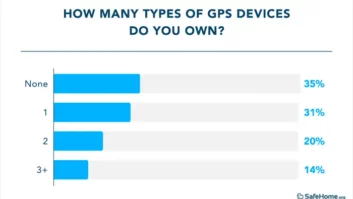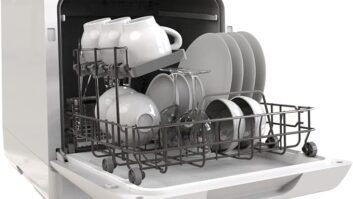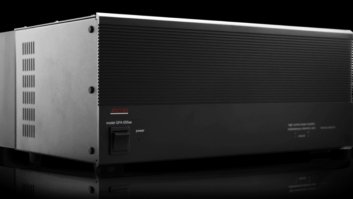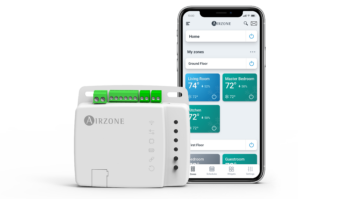Unit sales of dedicated portable GPS devices are expected to triple this year, but sales of alternative GPS devices will also surge in popularity in the coming years.
The alternatives include automakers’ in-dash navigation systems and non-GPS-dedicated handheld devices, including cellphones that deliver turn-by-turn directions. Each of these segments could generate roughly equivalent unit sales with dedicated GPS portables in eight to 10 years, say industry executives.
A small segment of sales will also go to aftermarket in-car devices currently dominated by brands such as Pioneer, Alpine, Kenwood and Eclipse, they said.
“Ultimately, cellphone-based navigation will become the mass market form of GPS,” said Thilo Koslowski, VP/lead automotive analyst for market research company Gartner. He estimates that cellphones and other non-GPS-dedicated portables, including MP3 players, will win a 35 to 40 percent share by the years 2012 or 2014.
The share that OEM navigation will win is a little less certain. If car makers become aggressive in lowering prices, they could win 25 to 30 percent of the market. If not, they could win less than 20 percent, said Gartner.
Portable GPS will capture most of the approximate 30 to 40 percent share remaining, said Koslowski. TeleAtlas, a leading digital map provider to many GPS suppliers in all the above configurations, agreed with Gartner’s predictions.
For now, however, portable GPS is king with about 3 million units expected to sell to consumers in North America this year, representing a tripling in sales over 2005.
Gartner believes the awareness enjoyed by portable GPS is hurting sales in the fledgling OEM navigation market. Consumer buy-in rates for navigation systems in new cars are falling. “That’s the feedback we’ve received from our customers,” said Koslowski, noting that consumers may forgo a $1,500 to $2,500 navigation option on a new car when they know they can buy a portable unit for under $300
But TeleAtlas automotive director Jon Husby believes car companies will become aggressive and drop prices to $1,000 during the next 18 months. Auto companies are already beginning to push navigation; he said. “A good example is GM is offering it across the board on pickup trucks for the 2007 model year.” Prices for the mapping software is also on the decline, said TeleAtas.
Mapping software for new cars currently costs up to several hundreds of dollars.
JD Power and Associates estimates 1.2 million OEM navigation systems were factory-installed in model year 2005 and expects 1.5-1.6 million in 2006.
While the future might divide the market almost equally into three parts, those parts will look very different than they do today.
High-end versions of portable and OEM navigation will evolve well beyond simple navigation or even real time traffic. And in OEM navigation, high-end units will tie in to advanced safety features for the car, said Husby.
Because GPS map data can pinpoint a car’s location down to the lane in which is car is driving, future GPS systems could provide warnings when the driver drifts into another lane, as well as warnings for curves in the road. Another feature enabled by GPS is adaptive cruise control.
Portable GPS devices will also evolve into good, better, best devices with high-end features including “always on” wireless Internet connection so drivers can get roadside information (gas prices, movie listings) as needed. Dash Navigation has already announced such a device for delivery next year (see TWICE, Sept. 11, p. 66).
TeleAtlas wireless director Darren Koenig notes that new robust service such as 4G (fourth-generation) cellular will help further the development of GPS navigation in cellular phones. At present, he said, only about a third of cellphones offer navigation, and most consumers are not aware of the option.













